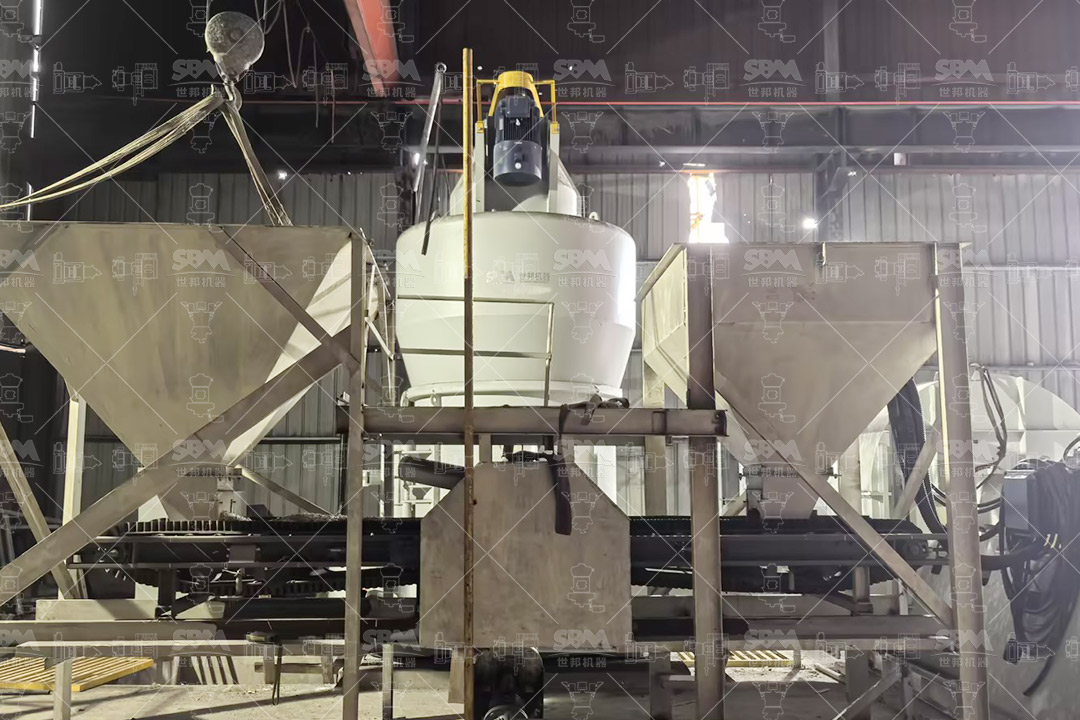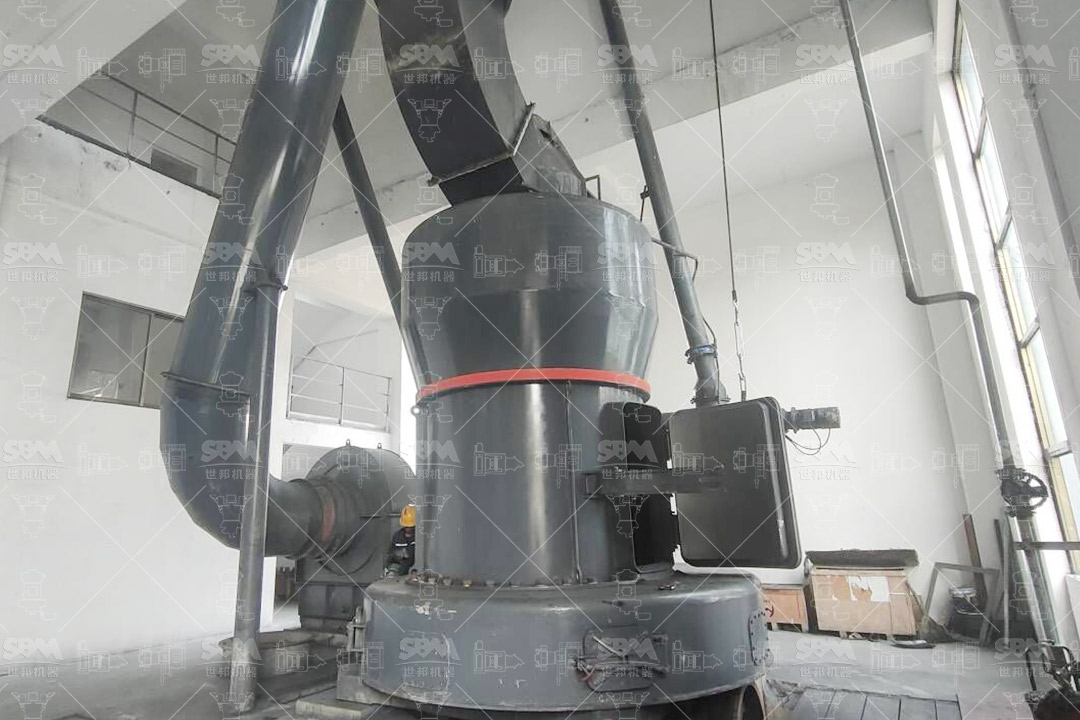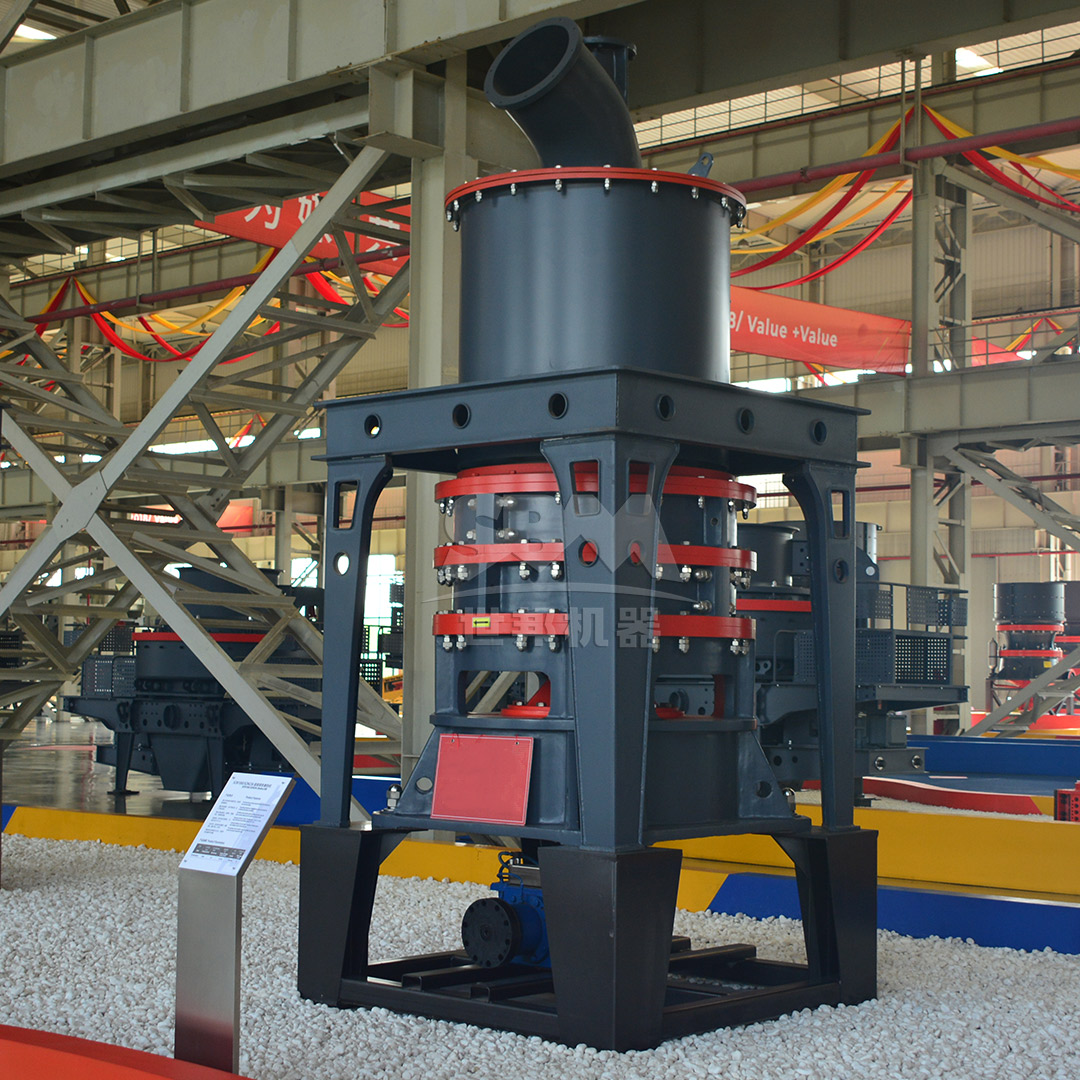The production of high-quality carbon electrodes is a critical process in industries such as aluminum smelting, steel manufacturing, and various electrochemical applications. At the heart of this manufacturing process lies the efficient grinding of petroleum coke (petcoke), a carbon-rich solid derived from oil refinery coker units. The quality, consistency, and particle size distribution of the ground petcoke directly influence the structural integrity, electrical conductivity, and overall performance of the final carbon electrode. Among the various grinding technologies available, the ball mill stands out as a robust and reliable workhorse for this demanding application. This article explores the pivotal role of ball mills in petcoke processing, the technical challenges involved, and how advanced milling solutions can optimize production for superior carbon electrode quality.

Petroleum coke serves as the primary carbonaceous filler material in carbon electrodes. Its properties, such as high carbon content, low impurity levels, and favorable crystalline structure, make it ideal for conducting electricity and withstanding extreme temperatures in electric arc furnaces and reduction pots. However, raw petcoke must be precisely ground to meet strict specifications.
Failure to meet these grinding objectives can result in electrodes with poor structural integrity, high electrical resistivity, and premature failure, leading to significant operational downtime and costs.
Ball mills are a type of grinder used to grind and blend materials for use in mineral dressing processes, paints, pyrotechnics, ceramics, and selective laser sintering. They are particularly well-suited for hard and abrasive materials like petroleum coke.
A ball mill operates on the principle of impact and attrition. It consists of a hollow cylindrical shell rotating about its horizontal axis. The shell is partially filled with grinding media, typically made of high-chromium steel or ceramic balls. The material to be ground is fed into the cylinder, and as the shell rotates, the grinding media are lifted up on the rising side of the shell and then cascade down (or drop down onto the feed), crushing and grinding the material through impact and abrasive forces. The ground material is discharged through a grate plate, which retains the grinding media while allowing the finely ground product to pass through.

Our company offers a comprehensive range of ball mills designed to meet the diverse needs of the carbon industry. Below are the specifications for our standard models, which are engineered for high efficiency and durability in petroleum coke grinding applications.
| Model | Cylinder Size (mm) | Effective Volume (m³) | Grinding Media Weight (t) | Speed (r/min) | Power (kW) | Output Size (mm) | Capacity (t/h) |
|---|---|---|---|---|---|---|---|
| GMQG1530 | 1500×3000 | 4 | 8 | 27.6 | 75 | 0.8-0.074 | 12-2.8 |
| GMQG1835 | 1800×3500 | 7.58 | 16 | 25.3 | 160 | 0.8-0.074 | 25-5.8 |
| GMQG2445 | 2400×4500 | 18.2 | 37 | 22.8 | 400 | 0.8-0.074 | 55-10.5 |
| GMQG3236 | 3200×3600 | 26.2 | 52 | 18.6 | 560 | 3.0-0.074 | 190-19 |
| GMQY3660 | 3600×6000 | 54.4 | 102 | 17.3 | 1250 | 3.0-0.074 | 280-34 |
| GMQY3685 | 3600×8500 | 79 | 131 | 17.3 | 1500 | 3.0-0.074 | 400-45 |
Simply using a ball mill is not enough; the process must be optimized. Key parameters include the size and type of grinding media, the mill speed, the feed rate, and the slurry density (in wet grinding processes). For petcoke, which can be abrasive, the selection of liner and ball materials is critical to minimize iron contamination. Ceramic or high-alumina linings and grinding media are often employed to address this issue, ensuring the purity of the final ground product.
Modern ball mills are equipped with sophisticated control systems that monitor parameters like motor load, bearing temperature, and product fineness (through online particle analyzers). These systems allow for real-time adjustments, ensuring consistent product quality and optimizing energy consumption, which is a significant operational cost in grinding operations.
While ball mills are excellent for primary and secondary grinding of petcoke to a medium fineness, certain applications may require even finer powders or a more energy-efficient solution for specific particle size ranges. In such cases, a multi-stage grinding circuit or alternative technologies can be considered.
For instance, a Hammer Mill can be an effective pre-crusher for larger petcoke lumps, reducing the feed size for the ball mill and improving overall system efficiency. Our PC4012-90 Hammer Mill, with a processing capacity of 15-40 tons/hour and an output size of 0-3mm, is perfectly suited for this role, ensuring a consistent and optimally sized feed for downstream ball milling.
For producers seeking to achieve ultra-fine grinding of petroleum coke for specialized high-performance electrodes, our SCM Series Ultrafine Mill presents an ideal solution. This mill is specifically engineered to produce powders with a fineness range of 325-2500 mesh (D97 ≤ 5μm). Its technical advantages make it a superior choice for the final stage of grinding:
The SCM Ultrafine Mill operates by driving three layers of grinding rings to rotate via the main motor. Material is dispersed into the grinding path by centrifugal force, undergoes rolling and crushing, and is progressively ground layer by layer. The final powder is collected by a cyclone collector and pulse dust removal system. With models like the SCM1250 offering a throughput of 2.5-14 tons/hour, it can seamlessly integrate into a high-capacity electrode production line to deliver the ultimate in product fineness and quality.

The ball mill remains an indispensable piece of equipment in the production chain for high-quality carbon electrodes. Its ability to reliably and efficiently grind abrasive petroleum coke to the required specifications is fundamental to the electrode’s final properties. By understanding the critical parameters of the grinding process and leveraging advanced mill designs like our robust Ball Mill series for primary grinding and the high-efficiency SCM Ultrafine Mill for specialized fine grinding applications, manufacturers can achieve significant gains in product quality, operational efficiency, and cost-effectiveness. Investing in the right grinding technology is, therefore, a direct investment in the performance and competitiveness of the final carbon electrode product.